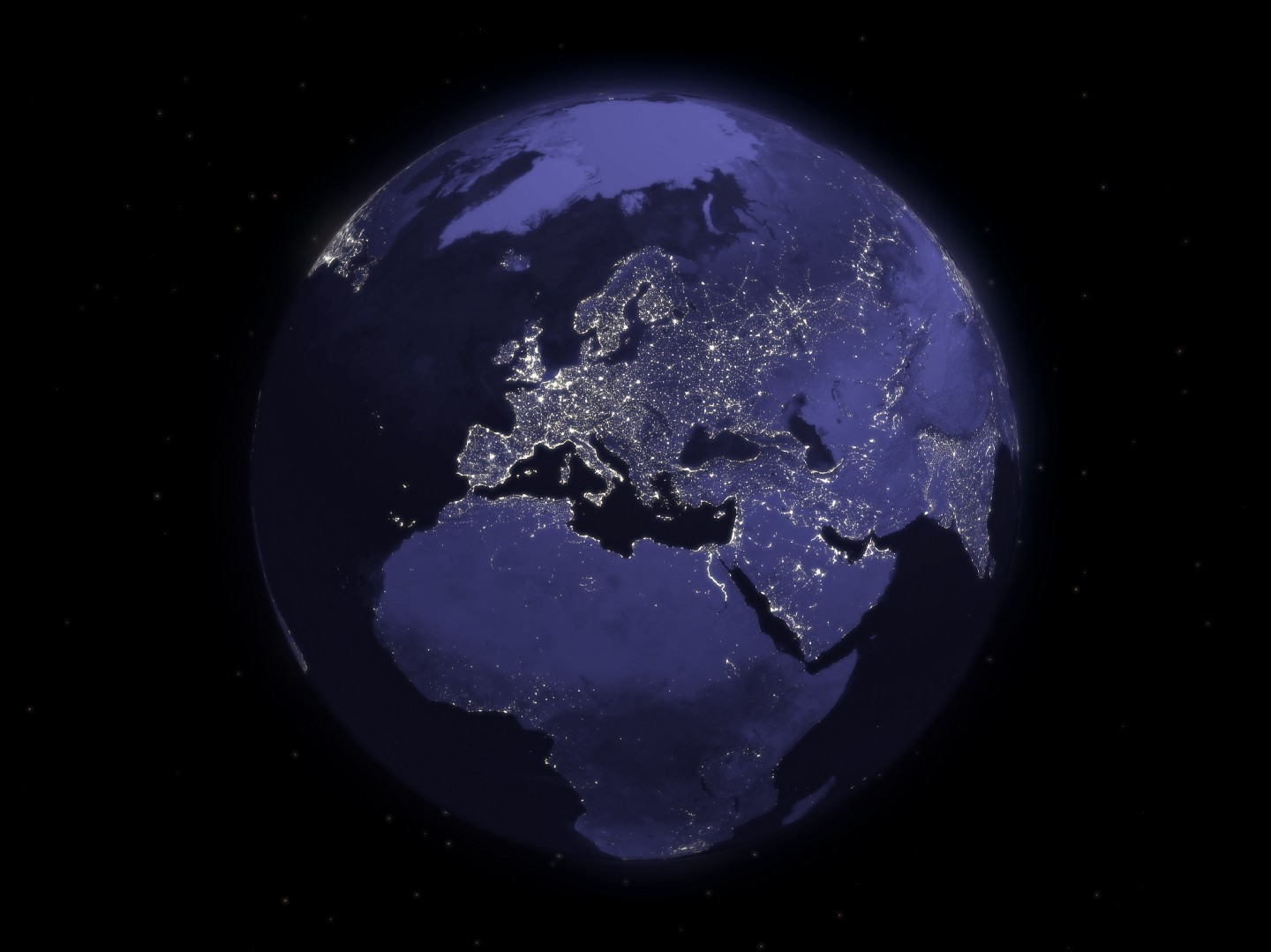Forget the cars. The real life-changing automation will happen in an area that most people take for granted: power plants. These industrial facilities generate electricity to heat homes, power city grids, and keep modern civilization running on time. In fact, they touch most aspects of people’s lives.
During their operations, power plants must optimize processes to reduce costs. However, because power plants are operated manually and need human input to predict weather patterns and forecast future demand, the system can be convoluted and inefficient. With the emergence of artificial intelligence (AI), power plants could apply AI to their operations to reduce human error and improve overall system efficiency.
Take, for example, when the Paris Saint-Germain football team plays a home game. Calculations must be made for the approximate number of watt-hours needed to operate all aspects of the game, from the stadium lighting and game-side concessions to the trains carrying fans to the stadium and the refrigerators with beers for the viewers at home. However, these calculations do not consider unexpected events, like if a storm passes through, which can radically alter the necessary output of a plant. With all these factors to consider, how can someone calculate how much energy is necessary to keep everything running?
In short, it’s impossible.
With the help of online learning, continuous training allows models to adapt and perform near real-time analysis that becomes more accurate over time. As new measures are fed into the model, new weights are computed to adjust the current production level. The use of a distributed architecture on the cloud scales up the process and optimizes thousands of parameters. It also ensures that the system is resilient, meaning that data will be available even if the hardware fails. This optimization process allows the AI to dynamically adapt and analyze a situation with each new input.
Through the influence of AI, the calculations and operations of a power plant can be adjusted minute by minute similar to how the body automatically regulates its internal temperature, keeping the temperature constant as a person moves from the cool office to the stuffy metro and then the outside sun. By increasing power plant efficiency, the environment benefits, specifically through reduced greenhouse gas emissions. In fact, every one percent of efficiency saved in a plant is equivalent to taking 10,000 cars off of the road.
Power plants are already making strides to automate energy. As they continue to develop automation methods, efficiency will only continue to increase, affecting everything from the reduction of marginal costs, like the cost to turn on a plant reactor, to the management of a decentralized solar power grid.
Automation will also aid in the development of green energy production. The main complaint against renewable power sources like solar and wind is that they are simply not efficient enough and too variable to replace their ‘dirtier cousins’. Now there are two ways to adjust for the variability: through forecasts or through storage. With the introduction of AI technology, decentralized smart grid systems will be able to better predict watt-hour production and how to maximize potential.
Because renewables are less centralized than the traditional single plant structure, managing resources is a complex task. By developing an architecture of smart grids, the sources of energy and potential storage capacity can become more optimal, thus reducing costs and increasing the performance of the new technology. Imagine a world where your solar roof can store watt-hours throughout the day while you are at work, and then charge your electric car at night, thereby reducing your dependency on fossil fuels.
With the rise of more efficient power plants leading to improved power saving and sharing methods, solar and wind power will continue their integration into energy systems. Hopefully, one day it will get to the point where the wind turbines offshore in the North Sea can power a city like London.
The uses of AI are vast, and not constrained to the modern buzzwords like driverless cars and robots. With each technological advancement, we are moving towards a cleaner, more interconnected world.

